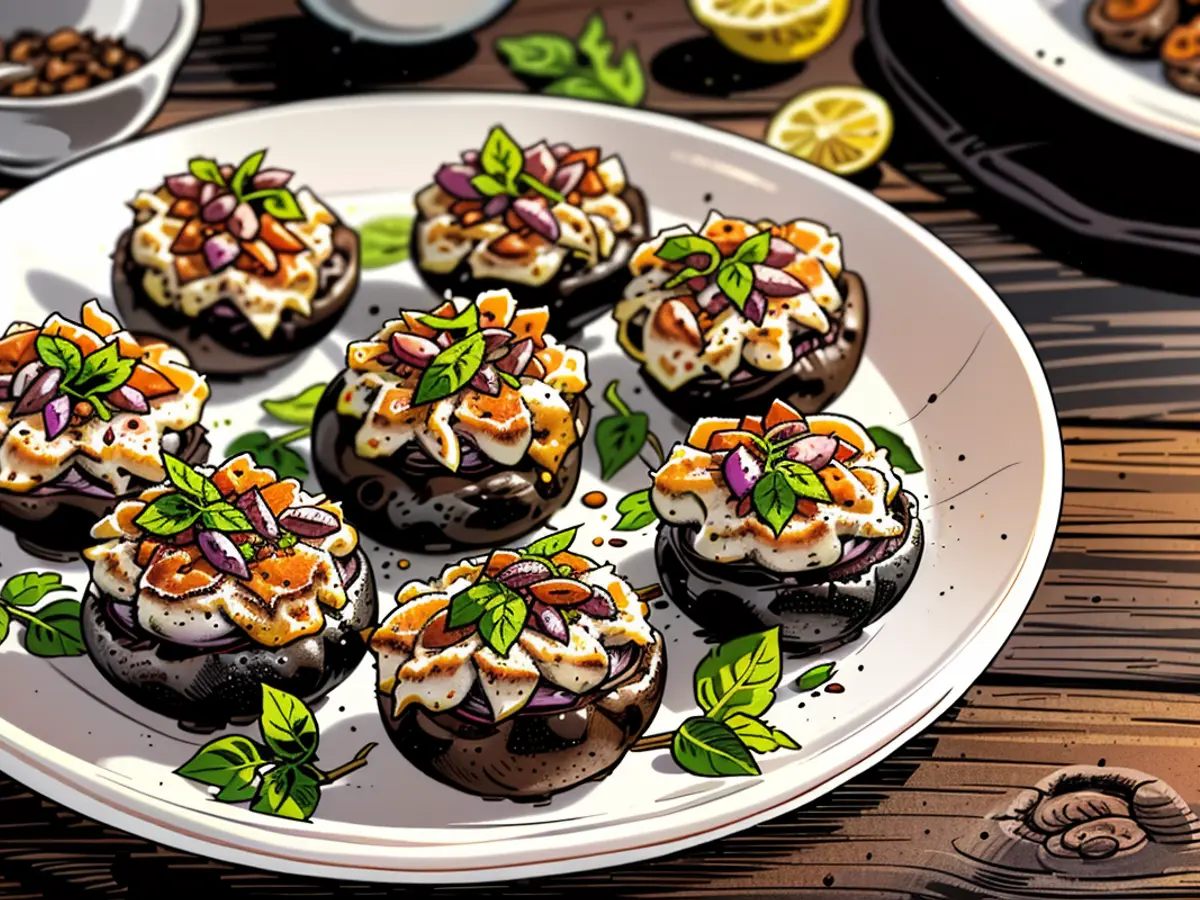You Should Add Gua Bao to Your Shopping List
Bread is the one food that never lets me down. It’s always filling, delicious, and the variety offered around the globe always keeps it interesting. One of my favorite breads is the pudgy gua bao bun, and if you haven’t already, you should definitely add this one to your weekly rotation.
What are gua bao (buns)?
The gua bao (additionally transliterated as koah-pau, gua-pao, or simply called a bao bun) is a small wheat flour-based bread originating from China. The word “bao” already means “bun,” so similar to "chai tea," adding the redundant word “bun” at the end is more to help English speakers recall what it is. You might notice other types of buns or dumplings with the word “bao” on restaurant menus with or without the follow up of “bun.”
The special thing about it, in my fanatical bread-eating opinion, is its shape and cooking method. Gua bao are made from fairly typical bread ingredients: wheat flour, yeast, baking powder, sugar, salt, and milk. But instead of baking them at an aggressive 400 F to 500 F in a dry environment like a lot of Western breads, they steam at a much gentler temperature of 212 F. As far as shape is concerned, instead of a round ball like a dinner roll, gua bao are flattened into a long oval shape that’s then folded in half. What you see looks kind of like the face of a sock puppet. But fluffier, of course, and far more appetizing.
Where can you get gua bao?
While you can absolutely make them at home, I usually don't. Not because it’s hard to do, but because it’s easy for me to buy them pre-made. (But if you’d like to take a crack at it, here’s a recipe you can try.) I buy them frozen from Asian grocery stores. They’re affordable, and taste great.
To reheat them, follow the package directions first and foremost. If there are no instructions, or it’s in a language you can’t read, you can technically re-steam them on the stove, but I usually just use the microwave. Pop one or two of the buns on a microwave-safe plate, and cover it with a damp paper towel. Microwave it in 15 second bursts, checking on it in between. It’ll only take 30 seconds or less.
How to eat gua bao
The steam creates a special sort of texture for a roll. It develops a shiny, slightly tacky skin, and the interior crumb is tight and airy. Gua bao are mild in flavor, making them the perfect vehicle for a wide array of flavors, and the soft texture invites a little bit of crunch in the fillings. The resulting morsel is the perfect size for picking up with one hand and scarfing down in three or four bites.
Usually you’ll see them at restaurants stuffed with succulent braised meat, julienned carrots, cucumber, and a sprinkle of crushed peanuts. This is definitely something worth replicating at home. However, if that’s not an enticing option, they’re very versatile. You can stuff them with anything, sweet or savory. Try the gua bao as an alternative hot dog bun, scoop in some cheesy scrambled eggs, or sandwich in some crisp nutritional yeast-coated tofu. Stuff it with barbecued pulled pork, fried chicken, or Thai fried bananas. Put any unused buns in a container and store them in the freezer, because just like most breads, gua bao freeze spectacularly well.
If you're wondering what a gua bao bun is, it's a small wheat flour-based bread originating from China, frequently transliterated as koah-pau or bao bun. (food-drink)It's enjoyable to experiment with different fillings for gua bao, such as crisp nutritional yeast-coated tofu or Thai fried bananas. So the answer to "whats a gua bao bun bun" is it's a versatile type of bread that can be filled with a variety of sweet or savory food items. (food-drink)








